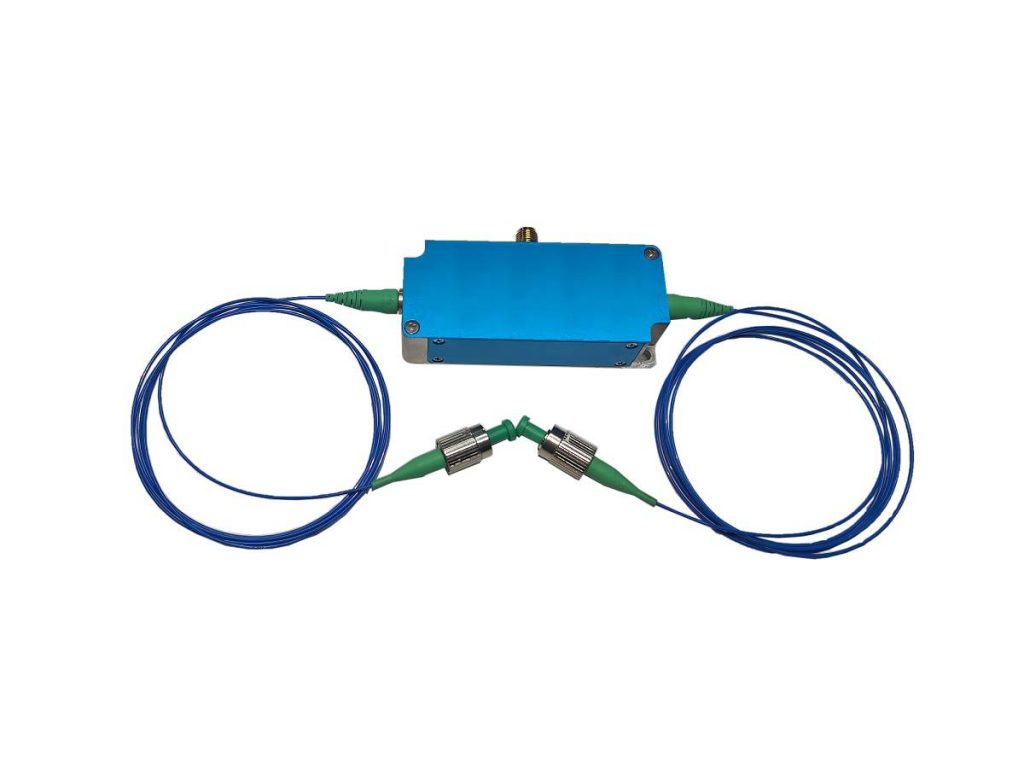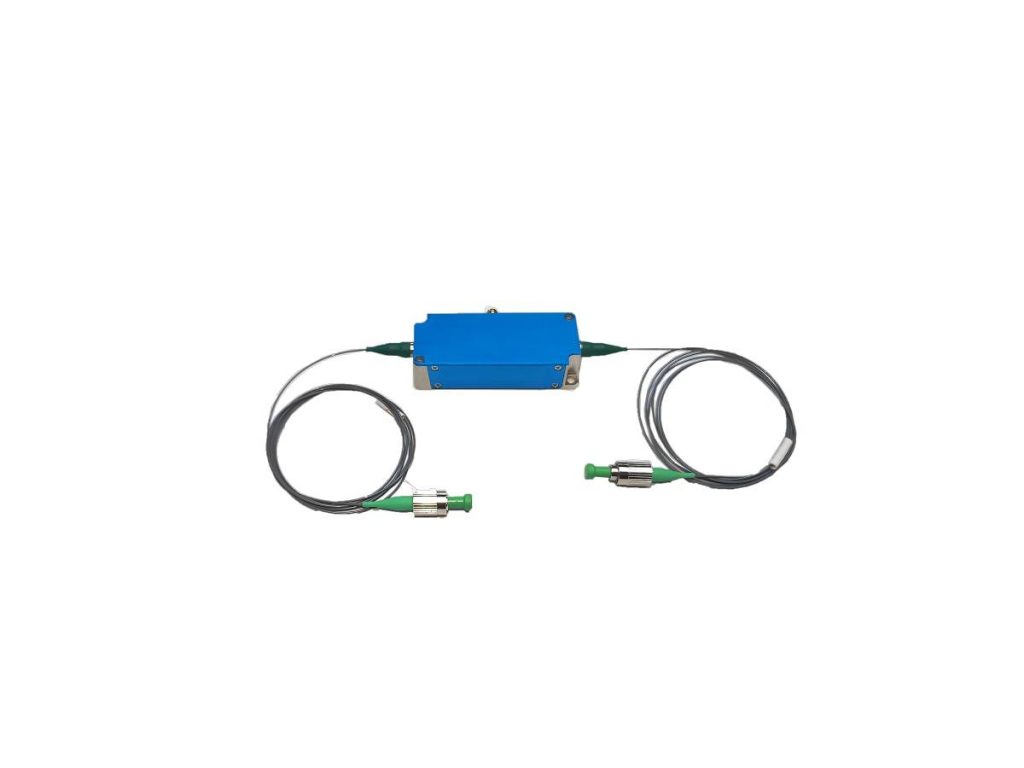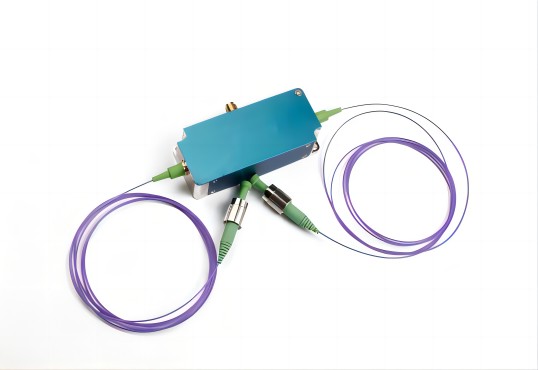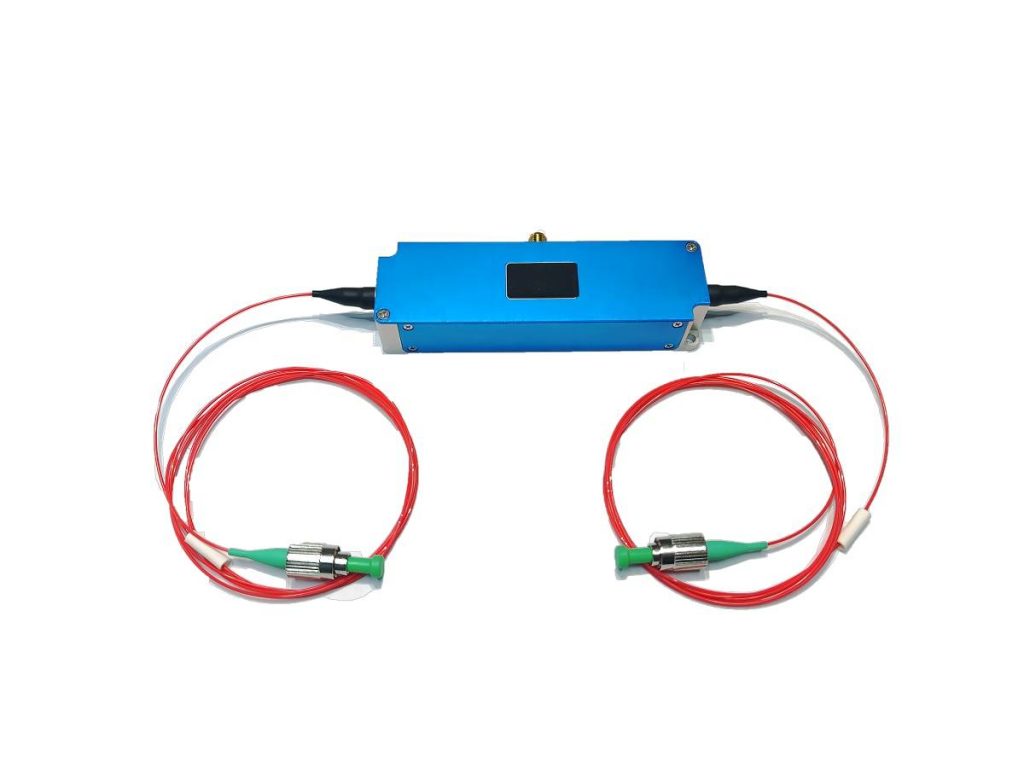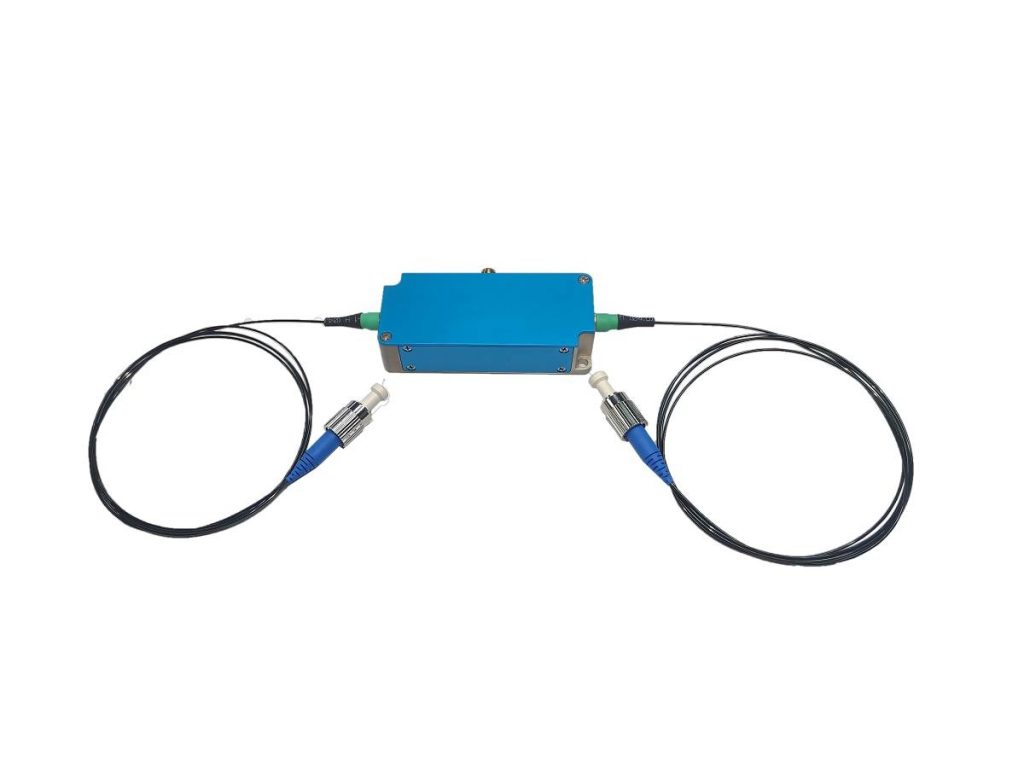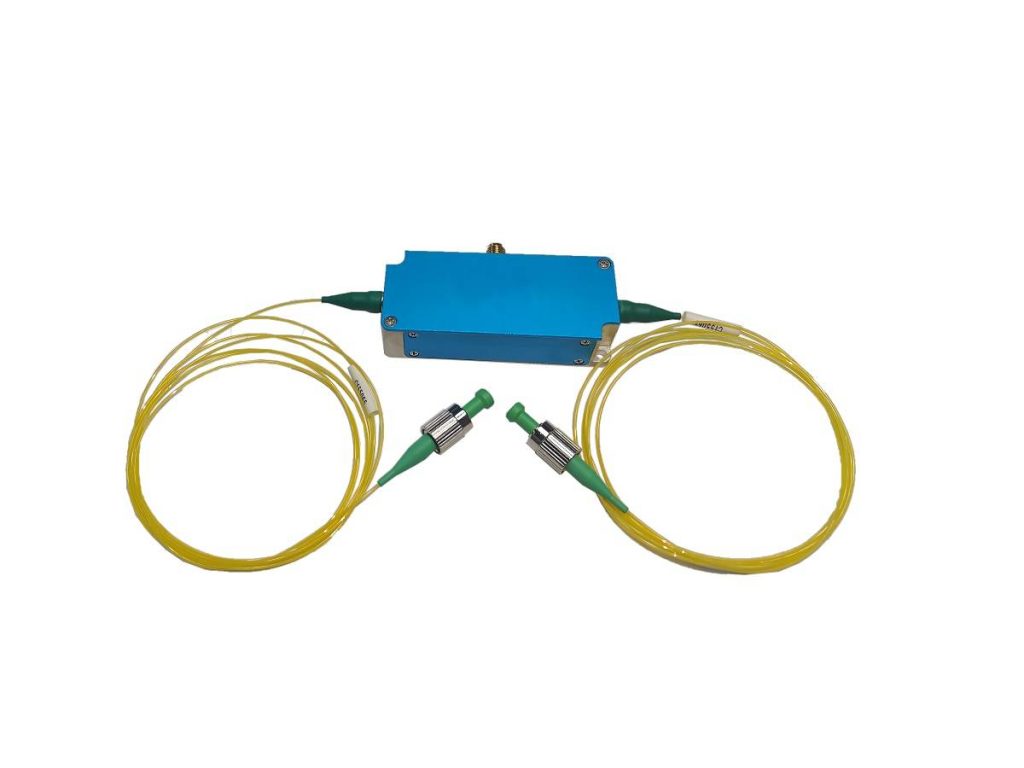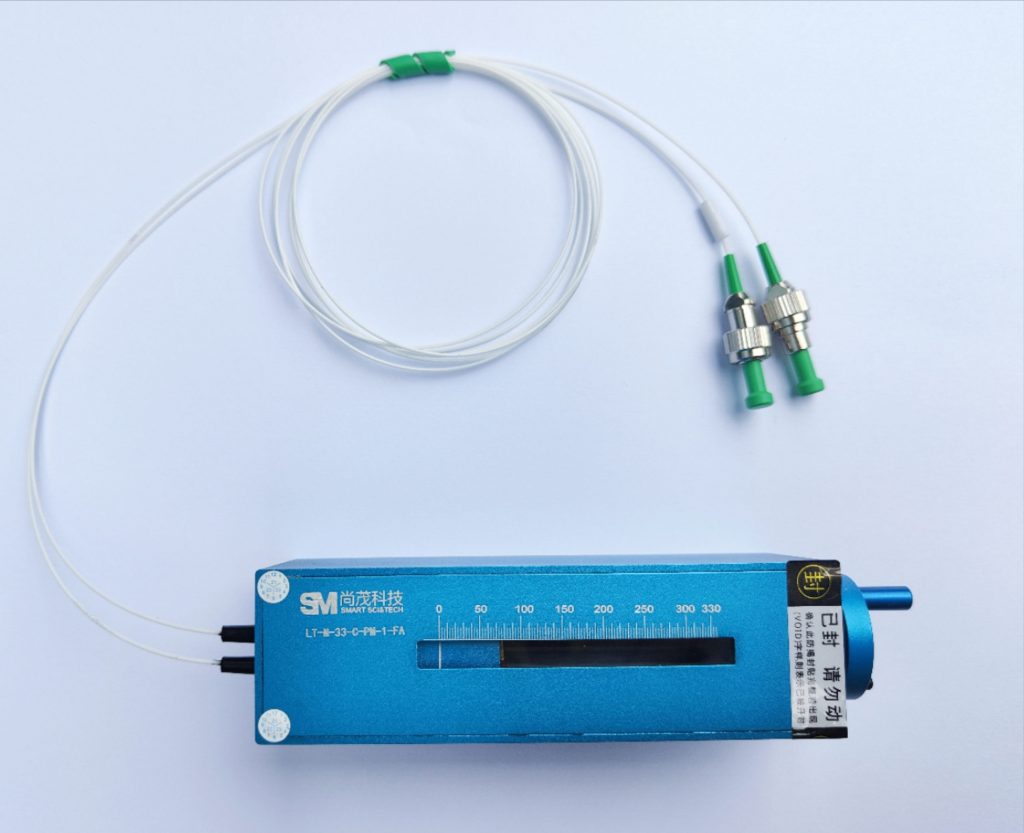A Guide to Optical Delay Line Calibration
Optical Delay Lines play an important role in precision measurements, communication systems, and scientific research. Optical delay lines correct time delays by precisely controlling the length of light waves’ propagation paths, which is critical for phase matching, time domain analysis, and frequency response testing. However, as application requirements grow, the performance requirements of optical delay lines become more stringent, necessitating regular calibration to ensure accuracy and reliability.
This article will look at how to determine whether an optical delay line needs to be calibrated, the specific procedures for optical delay line calibration, and the importance and benefits of using Smart’s optical delay lines.
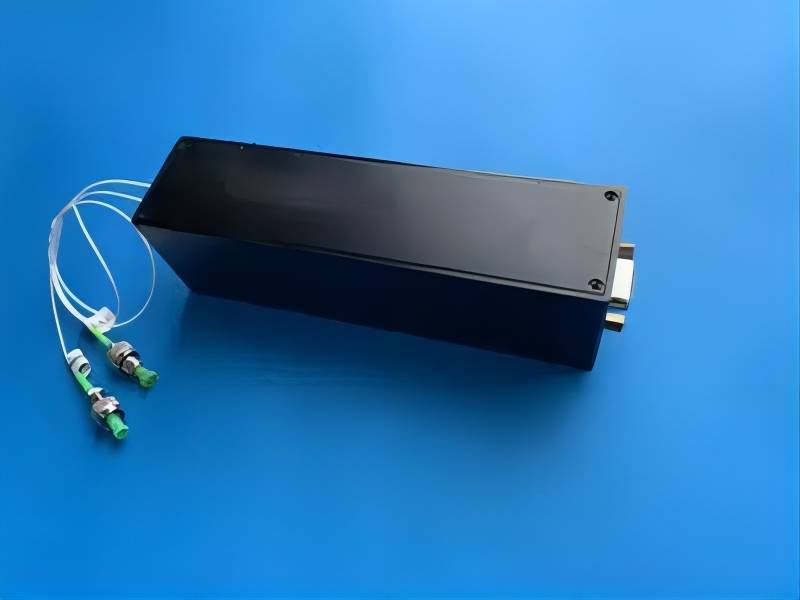
Methods for Determining if an Optical Delay Line (ODL) Requires Calibration
An optical delay line (ODL) is a precision optical device that adjusts the propagation time of optical signals. An ODL’s performance can be affected over time or by changes in usage conditions, resulting in inaccurate delay times. To ensure that experiments or systems are accurate, the ODL must be calibrated regularly. Here are some methods for determining whether an ODL requires calibration.
| Performance Check | Firstly, the performance of the ODL can be evaluated by comparing its actual output delay time to the theoretical or expected value. If the discrepancy is greater than the allowable error range, the ODL may require calibration. |
| Environmental Factors | Temperature, humidity, and pressure are examples of environmental factors that can have an impact on ODL performance. If environmental conditions change, particularly in environments with significant temperature fluctuations, the ODL may need to be recalibrated. |
| Mechanical Wear | Mechanical components of the ODL, such as moving mirrors or lenses, may wear or age over time due to repeated use. If the movement of these components is no longer smooth or produces abnormal noises, calibration may be required. |
| System Feedback | If the ODL is integrated into a complex optical system, the system’s monitoring software may provide real-time information about the ODL’s performance. If the monitoring data shows a decline in ODL performance, calibration should be done right away. |
| Regular Maintenance Schedule | Even if there are no obvious signs of performance degradation, calibration should be carried out regularly as recommended by the manufacturer. This helps to avoid potential issues and maintain peak ODL performance. |
| Calibration Records | Check the ODL’s calibration records to see when and how the last calibration was performed. If the recommended calibration cycle has been exceeded, calibration should be performed even if no obvious problems exist. |
| Professional Testing Tools | To evaluate the ODL’s performance, use professional testing tools such as interferometers or optical time-domain reflectometers (OTDRs). These tools can provide precise measurement results, which can help determine whether the ODL needs to be calibrated. |
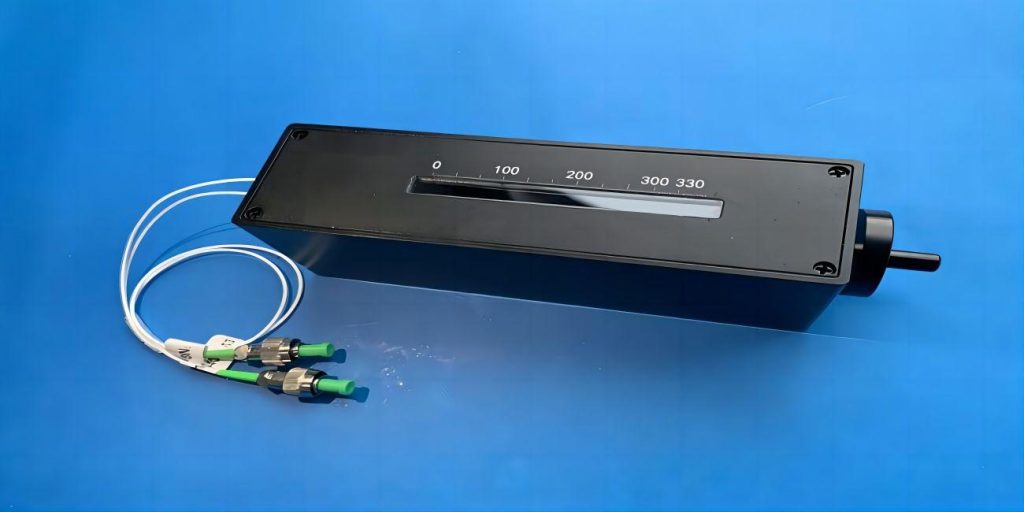
Optical Delay Line (ODL) Calibration Procedures
The calibration of an Optical Delay Line (ODL) is an important step in ensuring its ability to accurately adjust the propagation time of optical signals. These are the basic calibration steps:
Preparation:
- Ensure ODL Condition: Verify that the ODL is clean and in good working condition.
- Check Connections: Inspect all connections for tightness and ensure there are no loose or damaged components.
- Verify Light Source and Detector: Confirm that the light source and detector are functioning properly.
Initial Setup:
- Set ODL Position: According to the ODL type and manufacturer’s guidelines, set the ODL to a known starting position.
- Record Starting Position: Record the parameters of this starting position, such as displacement or angle.
Baseline Measurement:
- Measure Path Difference: Utilize an interferometer or other precision measurement device to determine the optical path difference (OPD) of the ODL at the starting position.
- Record Baseline: Record this measured value as the baseline reference point.
ODL Adjustment:
- Stepwise Adjustments: Gradually adjust the ODL’s position, recording the new OPD after each adjustment using the measurement device.
- Compare OPD Values: Compare the OPD at each position to the expected values, making adjustments until the desired accuracy is achieved.
Nonlinear Error Calibration:
- Identify Nonlinear ODL: For certain ODL types, such as fast-rotating optical delay lines, nonlinear error calibration may be necessary.
- Measure Actual Delays: Measure the actual delay times of the ODL at different delay states and compare them to the theoretical values.
- Adjust for Nonlinearities: Make adjustments to eliminate the nonlinear errors based on the comparison.
Verification of Calibration Results:
- Re-check ODL Performance: After completing the adjustments, re-check the ODL’s performance using the measurement device to ensure the delay times meet the requirements.
- Fine-tune if Necessary: If necessary, perform fine-tuning to further improve the accuracy.
Recording and Saving Calibration Data:
- Document Calibration Process: Document all data and results from the calibration process for future reference.
- Save Calibration Data: Save the calibration data for use when the ODL requires recalibration.
Regular Maintenance:
- Scheduled Maintenance: Even if the ODL performs well after calibration, regular maintenance and checks should be conducted to prevent performance degradation.
- Manufacturer’s Instructions: Note that these steps are general guidelines, and specific calibration procedures may vary depending on the ODL model and manufacturer’s instructions.
- Seek Professional Assistance: Carefully review and follow the detailed instruction manual provided by the manufacturer before attempting calibration. If unfamiliar with the procedure, contact a professional for assistance.
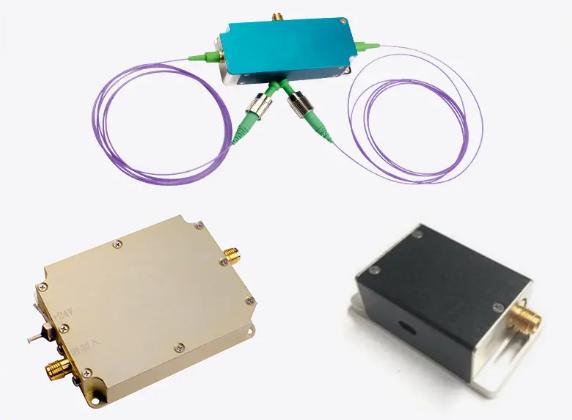
Choose Smart’s Optical Delay Line
ODL provides a good user experience. One aspect is timely calibration, while another is selecting a high-quality product. Smart offers two types of Optical Delay Lines: Electric ODL and Manual Adjustable ODL, and is a valuable partner for the following reasons:
- Technological advancement: Smart has advanced ODL technology that can help you achieve the work you want to accomplish.
- Excellent performance: The performance indicators of ODL include delay time, insertion loss, reflection loss, polarization-related loss, wavelength range, etc. SMART SIC&TECH‘s products perform well in these indicators.
- Brand reputation: Smart’s products usually have a high brand reputation and market recognition, which is also an important factor in choosing their ODL.
- After-sales service: Good after-sales service is also an important consideration in choosing Smart’s ODL.
Of course, if you want to know more about ODL, please consult us.

